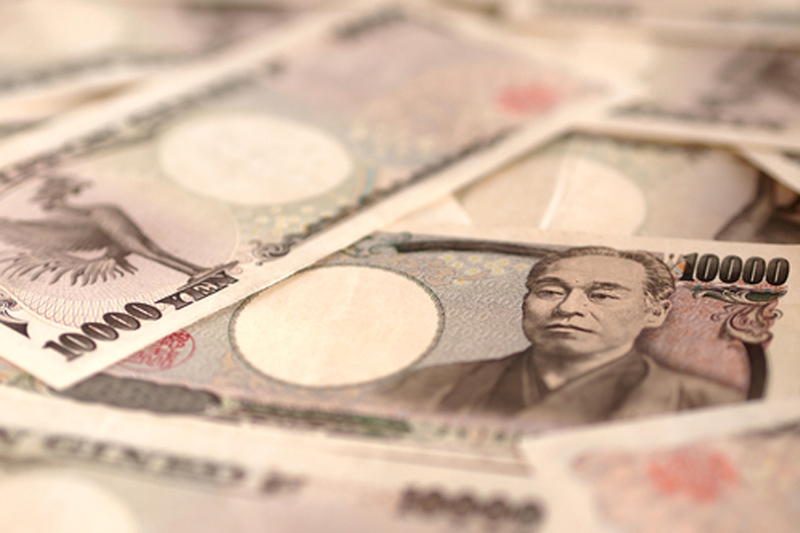In the latest development in the currency market, the experienced a dip from 151.70 to under 151.20 following hinted intervention by Japanese officials. Officials Kanda, Suzuki, and Matsuno expressed their concern against “one-sided,” “speculative,” and “disorderly” movements, which led to this shift.
Following this, the AUD and NZD rebounded after initial depreciation against the USD. Particularly, the pair was influenced by the Q3 employment report which detailed below-median wage gains and a higher unemployment rate. Interestingly, these trends remained unaffected by the Reserve Bank of New Zealand’s Financial Stability Report.
Meanwhile, October’s S&P Global manufacturing Purchasing Managers’ Index (PMI) reports indicated continued contraction in Australia and Japan. In a notable turn of events, China also transitioned from expansion to contraction, as reflected in its PMI data. The PMI is a key indicator of economic health, reflecting private sector company performance.
This article was generated with the support of AI and reviewed by an editor. For more information see our T&C.
Read the full article here



